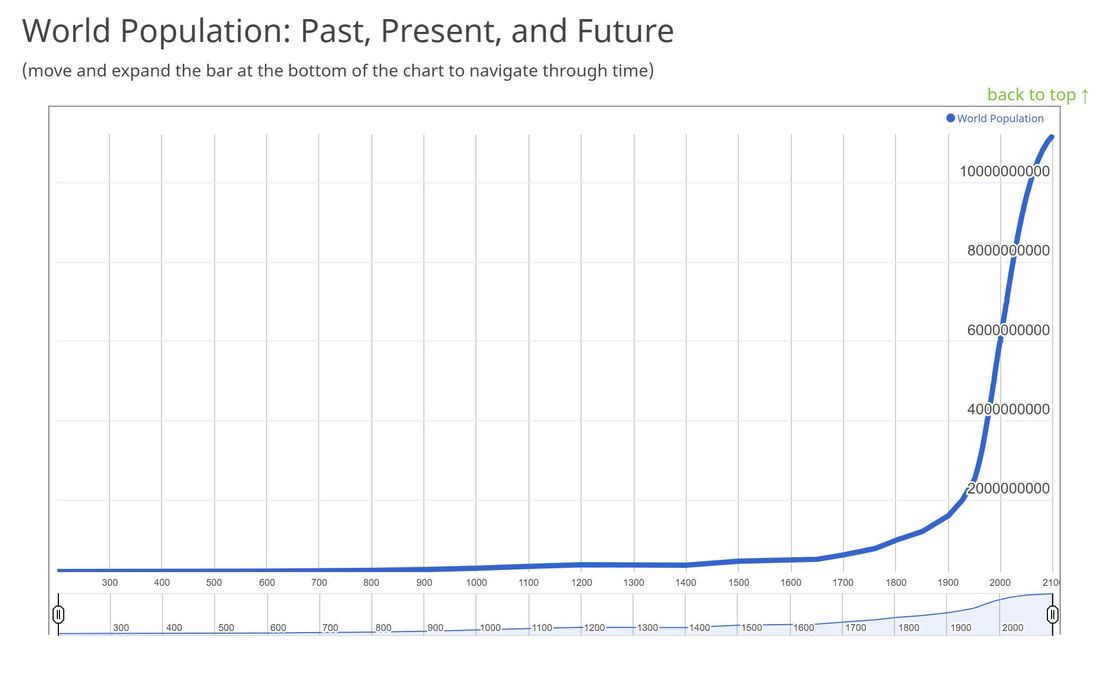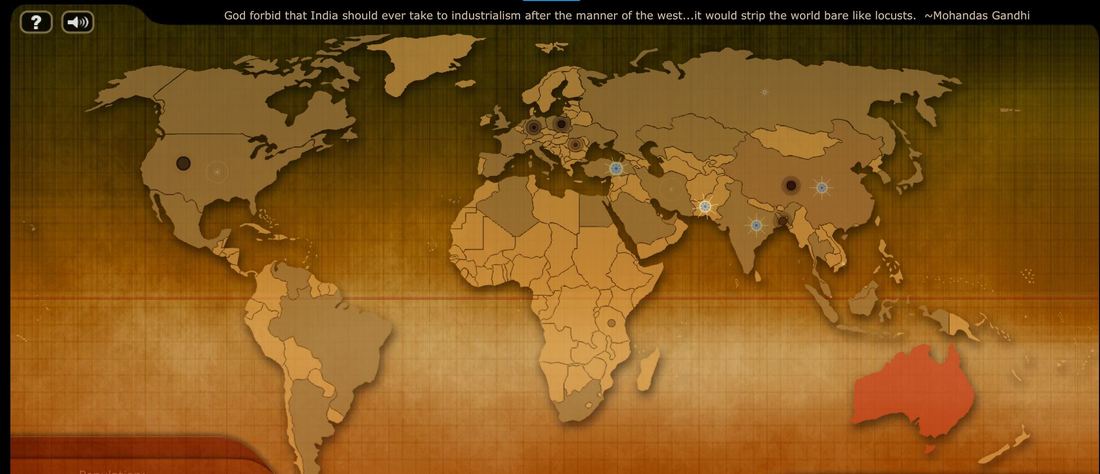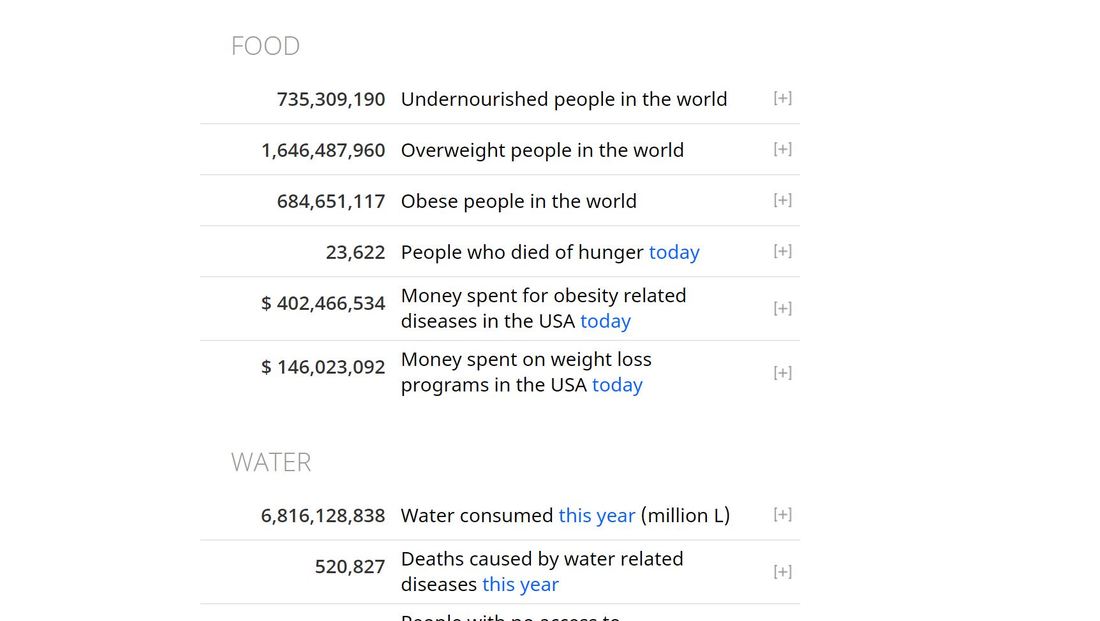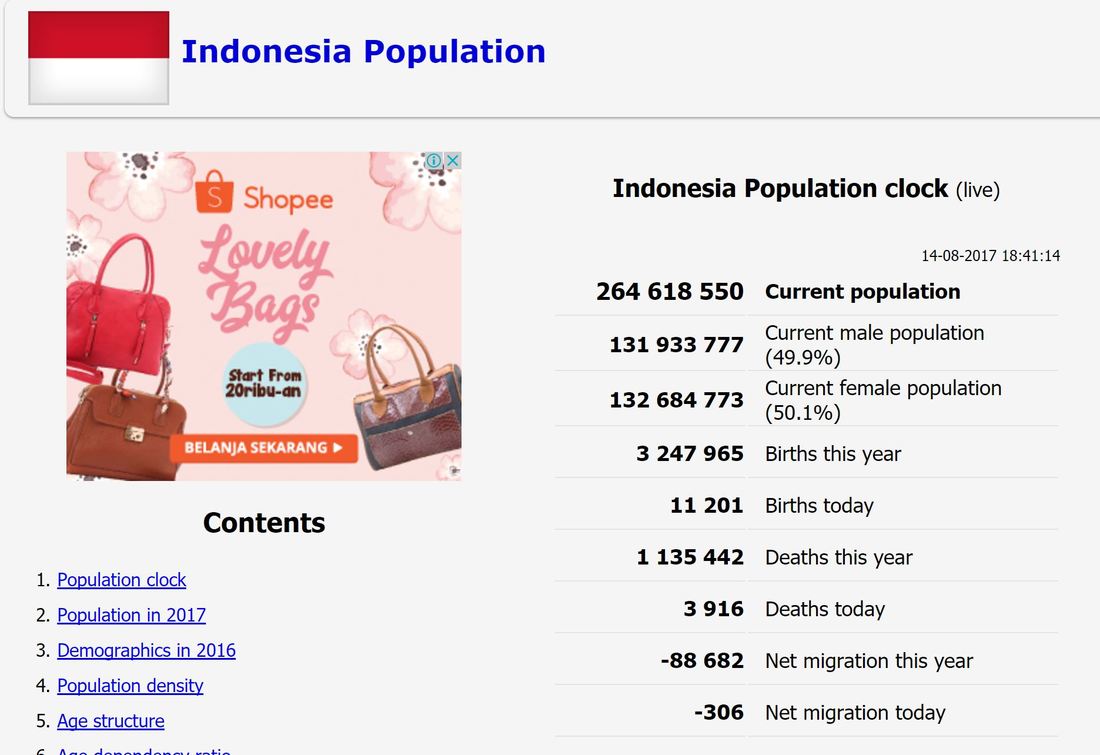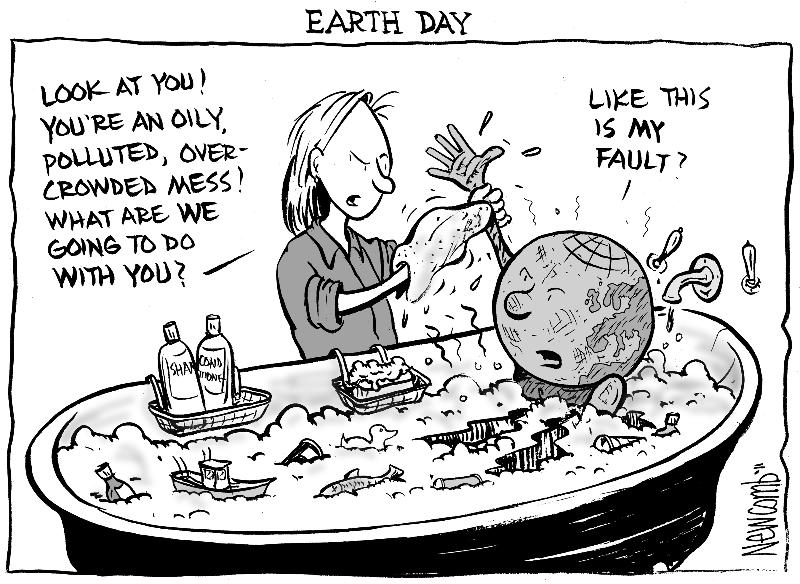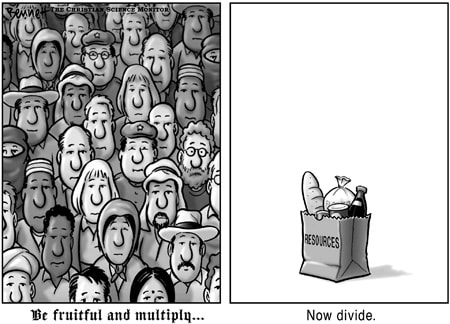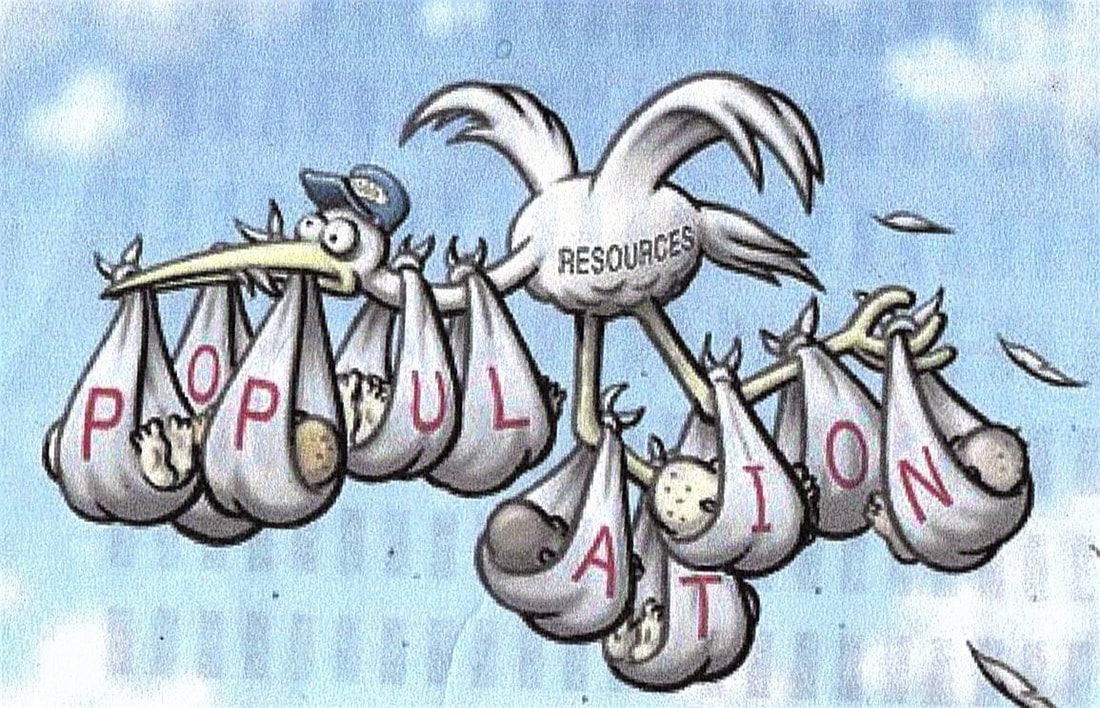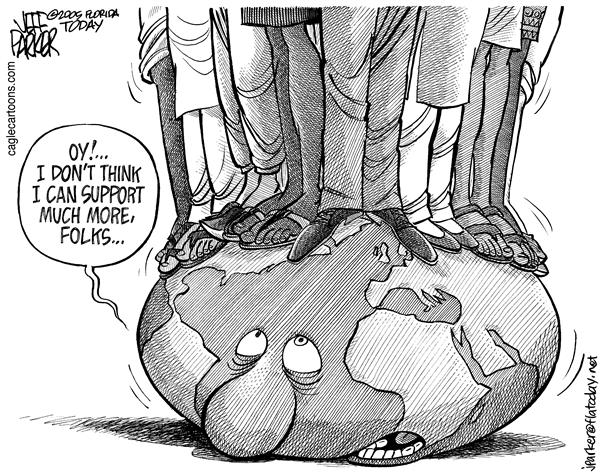Why should we care about population? Group investigation.
Over the next two lessons you will collaborate with one other person in the class to answer the question:
"Why should we care about population?"
You should use all or most of the following the guide how you answer this question:
You and your work partner will be expected to present your conclusions to the rest of the class. This could be a TWO minute spoken presentation (no notes allowed), you could create a multi-media response or maybe you could think of another way to present what you think.
"Why should we care about population?"
You should use all or most of the following the guide how you answer this question:
- The resources and suggested questions below (DEFINITELY use those!)
- Your own general knowledge - what do you think you know about population?
- Ask at least three other teachers (consider which teachers it would be best to ask!)
- Discuss the questions with your family - what do they think?
You and your work partner will be expected to present your conclusions to the rest of the class. This could be a TWO minute spoken presentation (no notes allowed), you could create a multi-media response or maybe you could think of another way to present what you think.
A. Population clocks
A. Choose one or more of the websites above to explore the following:
- What is the current population of the world?
- How is the population changing?
- What do you think the population will be at the end of the lesson?
- Do some quick research on health and the environment. Consider how you think these could be connected to population.
- How often is someone born?
- How often does someone die?
- What is its total population?
- How does it compare to other countries?
- What benefits or problems might your chosen country have that are connected to population?
B. Youtube
|
|
|
|
|
|
C. Cartoons
What message were the cartoonists trying to convey when they created these cartoons? What does this suggest about the importance of population?
